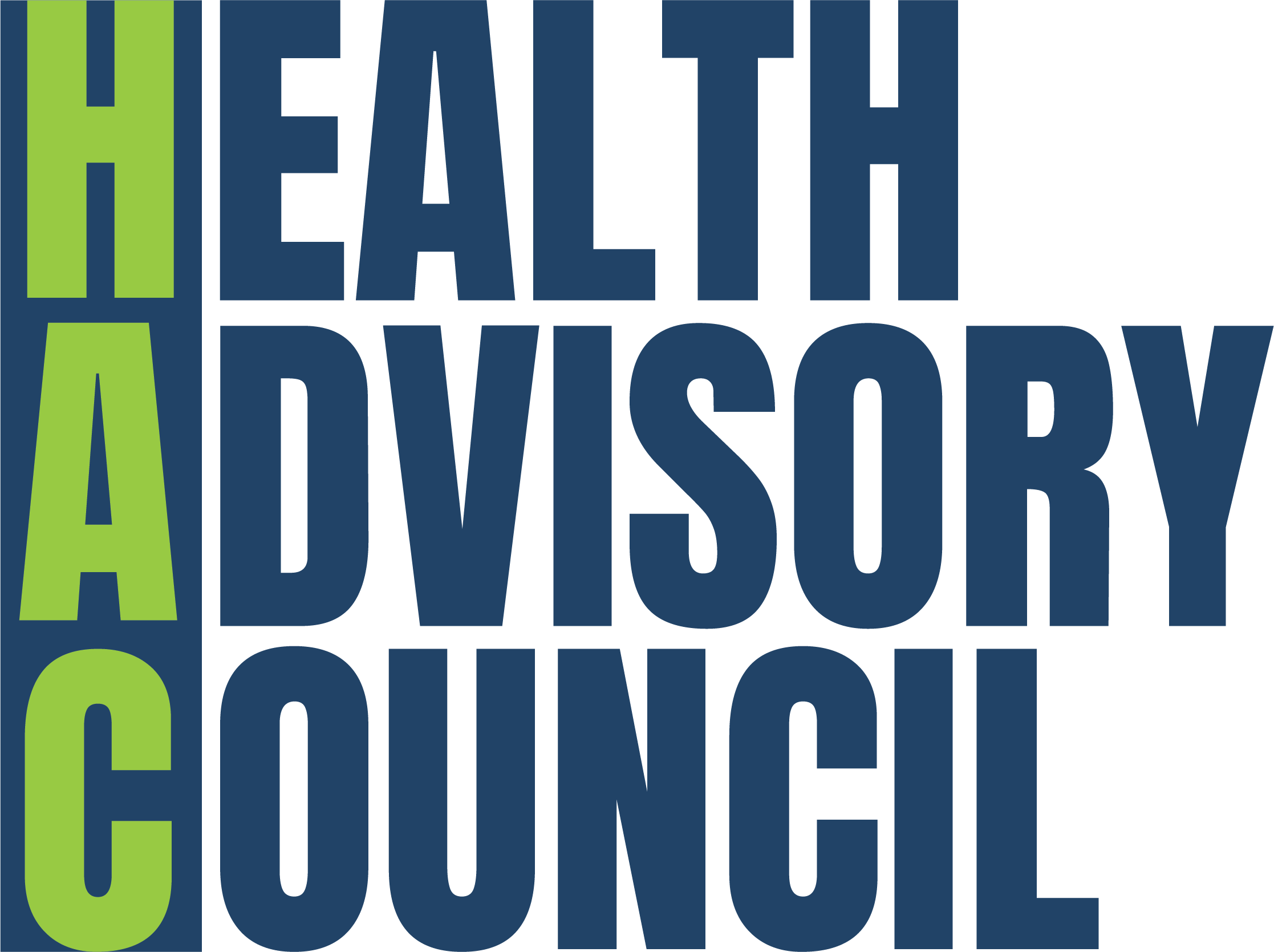Consumers beware: Learn how to avoid buying flood-damaged cars – National Consumers League
NCL works closely with advocates in the auto industry who know a lot about cars damaged in crashes, rebuilt wrecks, and flood cars. Hurricane Sandy brought new opportunities for fraudsters to pawn off cars damaged by flood waters to unknowing consumers.According to the National Insurance Crime Bureau, there have already been some 230,000 flood related auto claims reported by insurance companies as a result of Hurricane Sandy. In addition to these insurance reported claims, there have been many thousands more in claims from both self-insured fleets as well as private parties who did not have insurance coverage for their vehicles.
The National Salvage Vehicle Reporting Program (NSVRP) is recognized by the US Department of Justice as an independent third party standards body for the federal government’s comprehensive database on vehicle damage history. NSVRP has already identified more than 40,000 water/flood total loss vehicles that have been listed for sale by the salvage auctions. Thousands have already been sold at auction since the beginning of November. A number of these are being offered for sale under clean title paperwork – which is false and deceptive – and in some cases apparently in violation of state branding requirements. Many others have been moved to other states before being offered for sale. Once these vehicles have been sold at a first salvage auction, some are likely to be transferred by the first buyer to a different auction and then resold as clean title vehicles without any documentation or visible photographic indication that they were originally a flood total loss.
NSVRP is monitoring much of the salvage activity related to Hurricane Sandy. To avoid buying a flood car, we urge consumers to check the Vehicle Identification Number (VIN) of any car they are considering buying – it is found under the windshield on the driver’s side of the vehicle. Check that VIN by going to the database of the National Motor Vehicle Titling Information System, found at https://www.vehiclehistory.gov. The cost is nominal, $2.00 per report – or possibly a little more depending on the information being sought.
NSVRP has found that flood damaged vehicles with clean titles are showing up at salvage auctions. As a result, NSVRP, which works closely with state regulators, is urging states to strongly consider reviewing their statutes and regulations and recommend that if possible that jurisdictions try to implement the following best practices:
- Make sure their state has an available title brand for flood and water damaged vehicles.
- Make sure the state supports branding carry forward provisions to reduce the opportunities for title washing between jurisdictions when vehicles are transferred between states.
- Require mandatory non-repairable branding on vehicles that are flood vehicles and salt water damaged vehicles.
- Require mandatory non-repairable branding on vehicles that have been damaged to 80% of ACV or some other similar threshold.
- Check out the NSVRP Web site for more information at www.NSVRP.org.
The best advice is for a consumer not to buy any used vehicle until it has been thoroughly checked out by a competent automotive technician who has no relation to the seller. This is especially true today and for the foreseeable future given that many Hurricane Sandy vehicles we be resold on the open market for the next year or more – many with an undisclosed title history.
Also, buy from someone with a good reputation who will stand behind what they sell. Always test drive before you buy, and always require that you can have the vehicle inspected at a shop of your choosing before deciding to buy. As always, two good rules to live by for consumers: Better safe than sorry and caveat emptor!















